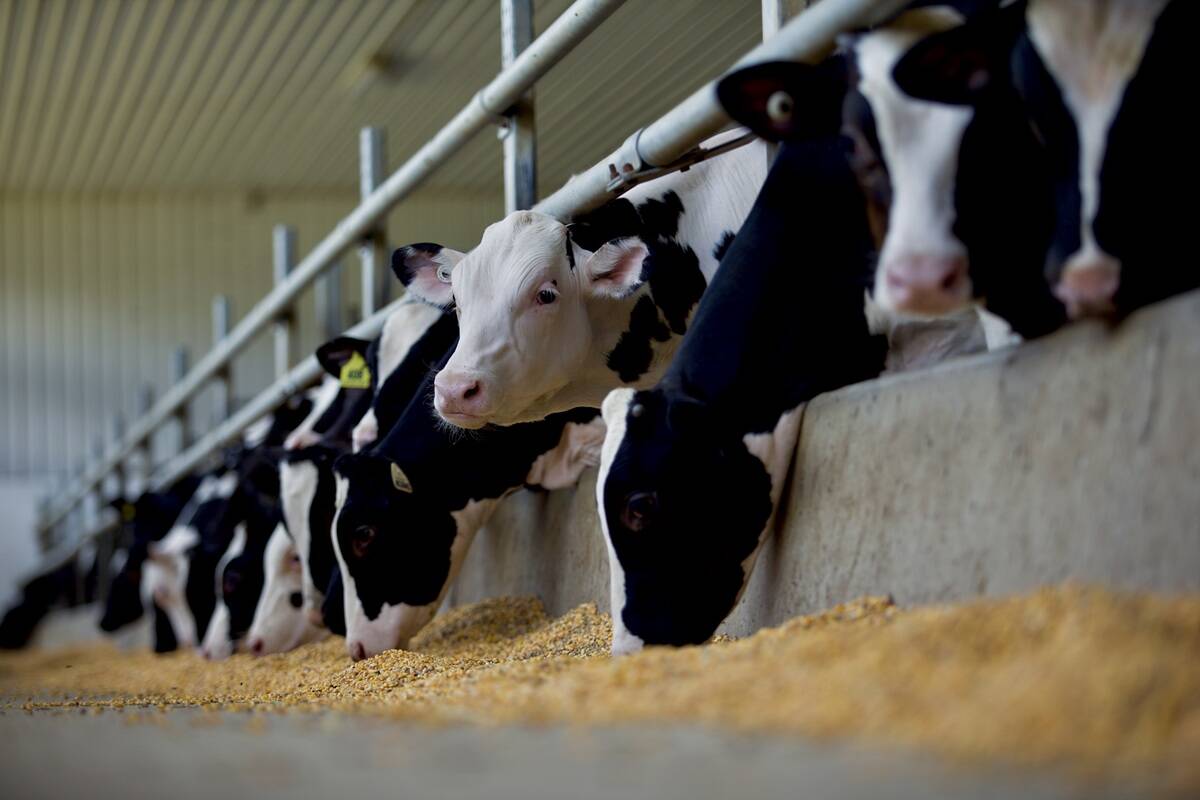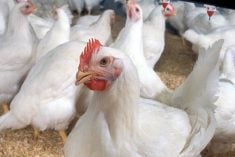WINNIPEG, April 6 (CNS) – Representatives from the two largest pork exporting states in the United States were in Winnipeg April 5 to take in the Manitoba Pork Council’s general meeting.
The delegates, who hailed from Iowa and Minnesota, talked about the various challenges facing their industry.
In 2017, over a quarter of the U.S. pork industry’s C$6.5 billion market was generated by trade.
However, newly proposed Chinese tariffs on U.S. pork are threatening to curtail what was supposed to be another banner year for pork sales.
Read Also

Confusion cleared on Canadian calf import changes
A Canadian Food Inspection Agency (CFIA) announcement on import regulations for feeder calves caused some confusion on the administrative side of Canada’s cattle industry earlier this month
Slaughter weight cash hog prices (Iowa/Minnesota) dropped last week according to data from Saskatchewan Agriculture.
Hog prices fell US$4.23 per hundred-weight or eight per cent, to an average of US$48.49 per cwt. National pork cutout values in the U.S. also dropped.
Drew Mogler of the Iowa Producers Association says the market doesn’t like the threat the tariffs pose.
“The marketplace is obviously reacting but it’s important for us to take a step back and not overreact,” he said.
Mogler adds a week ago the United States Department of Agriculture released a major hogs and pigs report that showed domestic volumes were about three percent higher on an annual basis.
He adds the U.S. sold US$1.1 billion worth of pork to China last year. A key feature of that trade was China’s willingness to accept several parts of the pig that other countries ignore such as glands and organs.
“A lot of that stuff doesn’t get sold in the U.S.,” he noted.
He says before the trade dispute with China there was a lot of optimism surrounding the pork industry. He points out the recent construction of new facilities in the U.S. as a prime example of this.
“The new Sioux City plant is slaughtering 9,000 pigs a day and looking to add a second shift; another plant in Minnesota is processing 4,000 pigs a day,” he explained.
Closer to home, questions are being raised by Manitoba ranchers about what effects the tariffs may pose for the Canadian industry.
“Where will the Americans put the pork they usually ship to China?” asked Andrew Dickson of the Manitoba Pork Council. He added it was conceivable some of it could wind up the Canadian market as U.S. pork production is rising.
“This is an industry that doesn’t like uncertainty, we only have 90 days of cold storage so we can’t afford to park product.”














